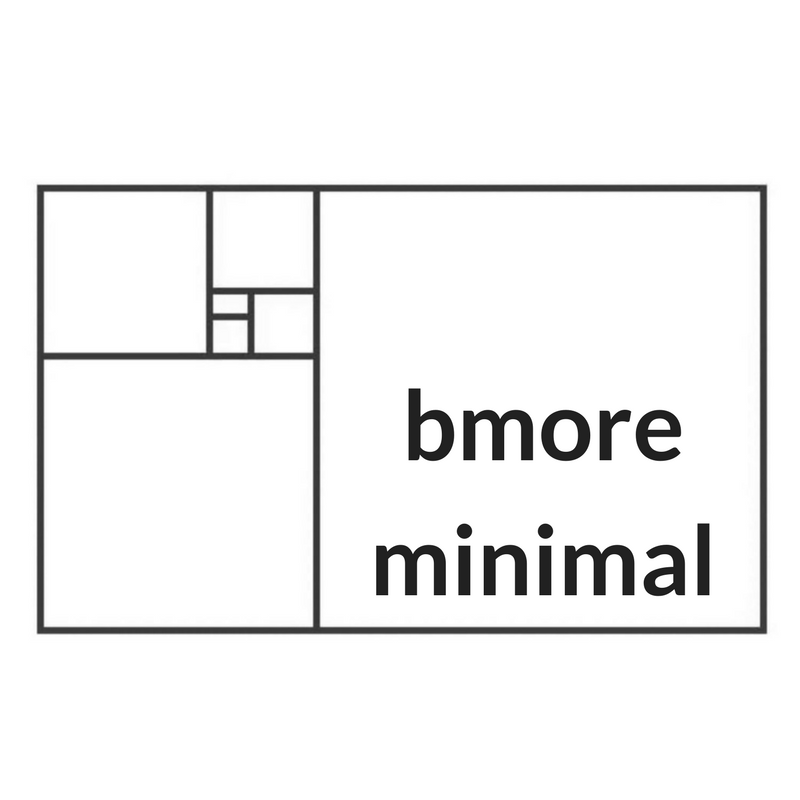When we think of improving our homes, our mind often jumps right to getting new stuff. But let’s back away from Home Goods for a moment (and maybe delete that Zillow app).
I often suggest that clients do a “sensory audit” in an area of their home they love vs. an area that’s frustrating them, tuning in to how what they’re experiencing with their senses is feeding their perception of the space. If no area of the house feels pleasant to them, I prompt them to remember a feeling of home from childhood.
When we think back to a place where we felt at home as a child, we probably don’t cite the throw pillows in a barely used living room or the dusty knickknacks on the bookshelf as sources of comfort and retreat. Our attachment, enjoyment, and memory of a place has more to do with our sensory experiences than the objects within.
As a kid, I remember feeling at home eating my grandmother’s macaroni and cheese around their kitchen table with my cousins, hearing the laughter of the adults sitting in the dining room. Now, I feel most at home curled up with a cup of coffee, reading my latest library book, under one of my 4 favorite blankets (pipe down, minimalism police), or cooking one of my favorite recipes with my favorite kitchen tools while playing a record. These moments involve possessions I love, but more importantly they involve people, activities, and experiences I love.
A sensory audit can help identify small tweaks that can add up to big impact in our homes.
How can we improve the quality of sight? Can we clean the windows? Switch to warmer LED bulbs? Freshen up the paint? Hang photos or art we love? Organize our home?
How can we improve the quality of sound? Can we have our favorite music playing? Close the door to the noisy utility closet? Relocate a small rug to dampen sound?
How can we improve the quality of smell? Can we throw open the windows? Give our garbage disposal and cans a good cleaning? Switch to natural cleaning supplies with fresh scents? Care for our air-filtering house plants?
How can we improve the quality of touch? Can we hug every human and animal in our home each time we return? Spend some time after work knitting or cooking or otherwise using our hands? Can we actually use the “good” towels and sheets and donate the worn ones to the animal shelter?
How can we improve the quality of taste? Can we brew strong, fresh coffee at home? Install a water purifier? Learn a family recipe? Splurge on a great bottle of wine and fancy imported cheese on an otherwise uneventful Tuesday?
Other people are perhaps the greatest source of sensory input, and any change we make that’ll increase the quality of time we spend with ourselves and with other people in good meals, good music, and good conversation will amplify our experiences in our homes.
